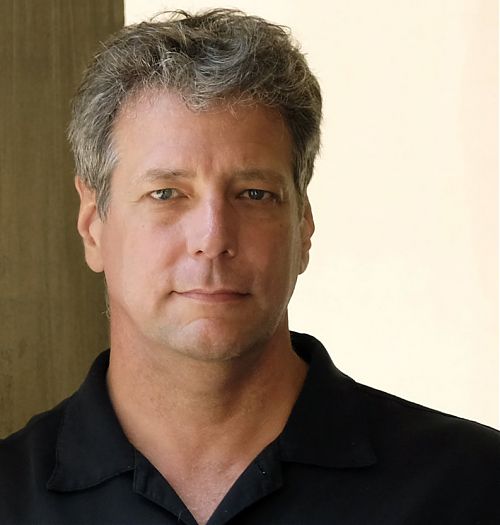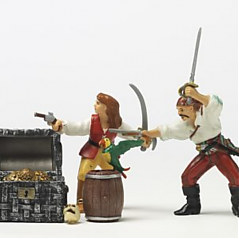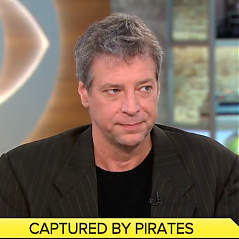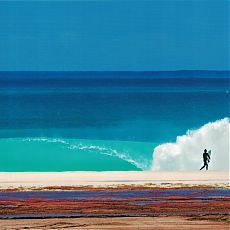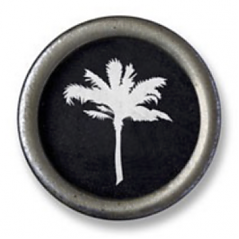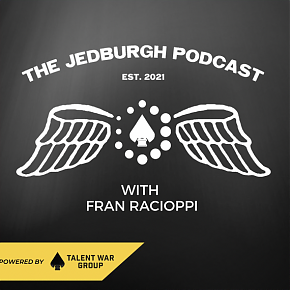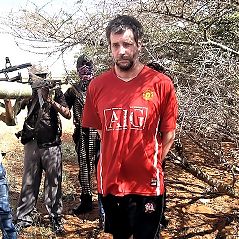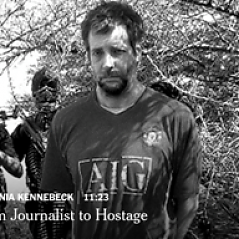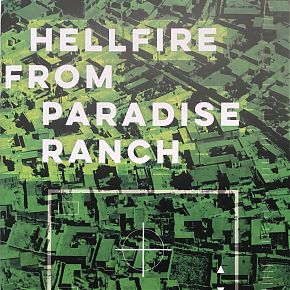Ghosts of Dresden
Remembering them is political
February 2010
The Allied firebombing of Dresden in 1945 destroyed the baroque center of what Pfc. Kurt Vonnegut called, in a letter home from Germany, “possibly the world’s most beautiful city.” Every year since 1946, at 9:45 p.m. on Feb. 13, the city churches ring out an echo of the air-raid sirens that first announced the planes.
It’s an eerie thing to witness. This year, Dresden was covered in snow; lamps floodlit both new and surviving churches, and bells sounded from both sides of the Elbe River. People stopped what they were doing. A few stray Dresdeners set off fireworks, which was even eerier. In Germany you almost never see public expressions of grief over something that happened to Germans in World War II.
The major exception over the last few years has been a tendency among neo-Nazis to rally in Dresden. The demonstrations have swelled since the ’90s into massive, organized “grief marches.” Dresden lies in Saxony, where a handful of neo-Nazi politicians have sat in state parliament since 2004, but the Nazis still have to bus in supporters from across Germany to achieve the sorts of numbers that make headlines. Since the marches embarrass everyone, a number of left-leaning groups mobilize their own crowds from around Germany to counter them.
This year it worked. Around 5,000 demonstrators from the neo-Nazi scene collected at Dresden’s Neustadt train station, but the police called off the march because about 6,000 other Germans — activists from the Green or Left Parties, trade unionists, anarchists, members of the anti-fascist or “Antifa” scene — held street demonstrations nearby. The cops stood for hours in riot gear while neo-Nazis and counterdemonstrators made a lot of noise on opposite sides of the line, and finally the cops called off the march because of the risk of violence.
One crowd of black-dressed anarchists broke into various chants:
Alle woll’n dasselbe
Nazis in die Elbe!
(“Everyone wants the same thing / Toss the Nazis in the Elbe!”)
Overall it was heartwarming. But the demonstrations and counterdemonstrations were a controlled form of street theater — not quite what would be called “free speech” in the states. They’re an awkward answer to an impossible problem for German officials. On the one hand, Germany wants to be a liberal democracy with all the usual freedoms. On the other hand, the presence of neo-Nazis is intolerable to Germans with a conscience. Holocaust denial is illegal here, and a lot of the demonstrators in Dresden last weekend thought the “grief marches” ought to be outlawed, too.
The problem has even more significance in Dresden because a huge number of Germans think the firebombing of the city was a war crime. They don’t call it an “Allied Bombing Holocaust,” like the neo-Nazis, but they remember that almost every German city was bombed to rubble during the war. Even Churchill wasn’t sure the Allies should have studied firebombing techniques — that is, deliberately setting intense fires with a carpet of bombs over the civilian-dense heart of a city — between 1942-45. The civilian tolls were terrible, and the firestorms have become a bitter but largely silent German memory.
The novelist W. G. Sebald tells a true story about a teacher who told him how survivors of the Hamburg raids remembered the civilian dead. “As a boy in the immediate postwar years he quite often saw photographs of the corpses lying in the streets after the firestorm,” he writes, “brought out from under the counter of a Hamburg secondhand bookshop, to be fingered and examined in a way usually reserved for pornography.”
The shame and silence were a propaganda gift for the far right. After Germany reunified in 1990, neo-Nazis were free to holler in eastern cities like Dresden about the bombs. They also had a monopoly on this particular corner of the German psyche — the feelings of victimhood, the wounded pride, even the open grief. Sebald, in his last book, On the Natural History of Destruction, points out that firestorms are all but absent from postwar German literature. No one knew how to talk about it.
But the Germans are learning. The largest demonstration last Saturday was a “human chain” formed around the city center and the now-rebuilt cathedral, the Marienkirche. Some 10,000 people lined up. It was Dresden’s official event, separate from the rallies — the sort of thing bourgeois politicians and business leaders could show up for. Some people in the chain held signs pointing out that Hitler’s warmongering had brought the firestorms on Germany. Others just stood there holding white roses.
The roses have become an accepted expression of grief, but they’re also free of Nazi overtones, because they refer back to The White Rose group, a circle of students in Munich executed in the ’40s for promoting nonviolent resistance to Hitler.
None of these good citizens in Dresden, of course, would have kept the skinheads from marching — that work was accomplished by left-wing activists across the Elbe. But the human chain suggests a new mainstream vocabulary for Germans to talk about the war, which — after 65 years — still disfigures their democracy.
Michael Scott Moore
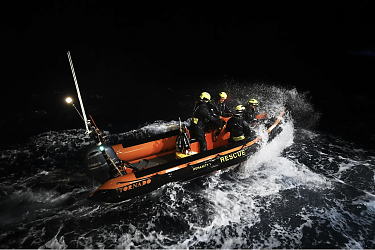
Rafts of the Medusa
Why every day on the Mediterranean is a new scandal for Europe. For both Foreign Policy and Die Zeit.
California’s Attempt at Land Reparations
How land seized from a Black family 100 years ago may be returned. The Bruce’s Beach story from a hometown angle, for The New Yorker
Day of the Oprichnik, 16 Years Later
The novelist Sorokin, the president Putin, his man Dugin, and the war in Ukraine. For n + 1.
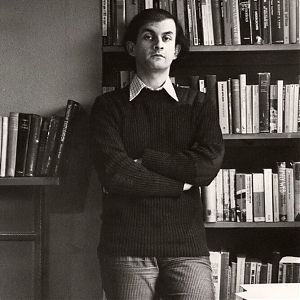
The Rushdie Narrative
Knife and the crumbling ground beneath free speech
There Must Be Some Way Out of Here
An essay on Bob Dylan, “All Along the Watchtower,” and Somali pirate captivity.
That Mystic Shit
The life of Lou Reed in two biographies

Cambodian Seafarers Talk About Pirates
Mike visits Cambodia for The New Yorker to talk about a harrowing shared experience in Somalia
The Muslim Burial
Cambodian hostages remember digging a grave for one of their own. A sequel chapter to The Desert and the Sea
The Real Pirates of the Caribbean
Adventure journalism in Southern California. A travel essay for The Paris Review.
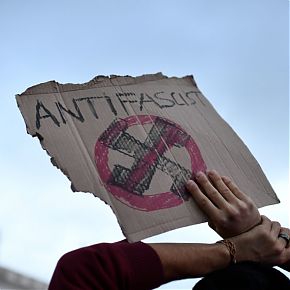
Antifa Dust
An essay on anti-fascism in Europe and the U.S., for the Los Angeles Review of Books
Was Hitler a Man of the Left?
A book that helped Republicans in America lose their damn minds.
Ghosts of Dresden
The Allied firebombing of Dresden in 1945 destroyed the baroque center of what Pfc. Kurt Vonnegut called, in a letter home from Germany, “possibly the world’s most beautiful city.”
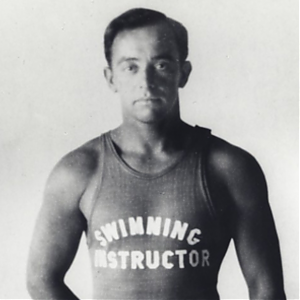
George Freeth, Biographed
The first academic treatment of America’s surf pioneer. Also, was Freeth gay?
It’s Called Soccer
Americans live on what amounts to an enormous island, defended on two shores by the sea, and we’ve evolved a few marsupial traditions that nobody else understands.
Tilting at Turbines (in the Severn River)
The morning was clear and cold, with frost on the church steeple and the cemetery grass. I had a quick English breakfast at a white-cloth table, in my wetsuit, and drove to Newnham, a village on the Severn River in Gloucestershire, parking near the White Hart Inn.
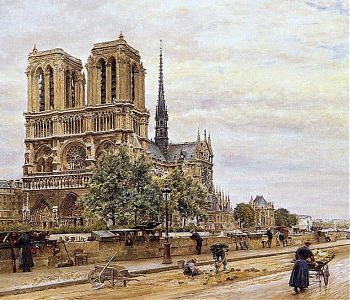
The Curse of El Rojo
I’d packed the car lightly — a bag of clothes, a bag of cassette tapes, a backpack of books, a few essential tools.









